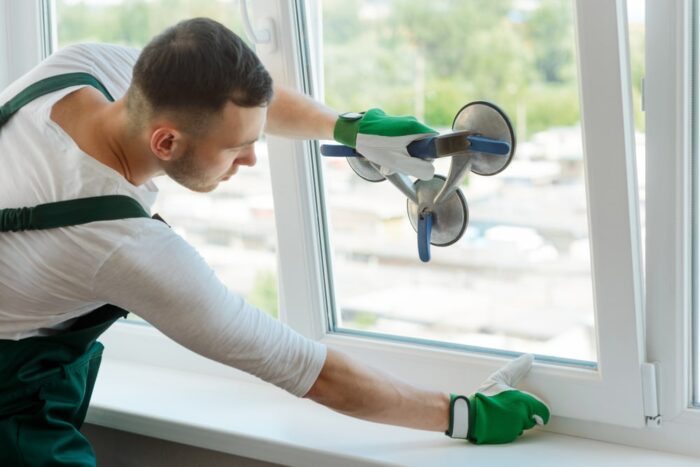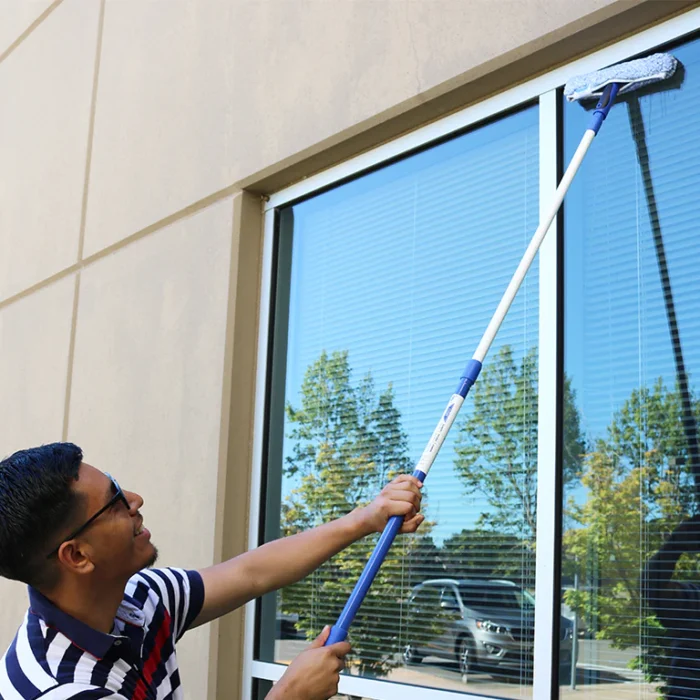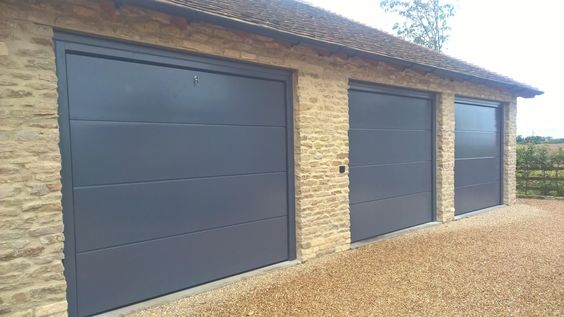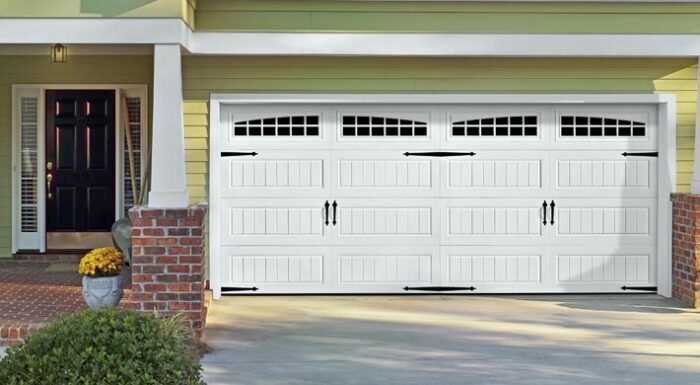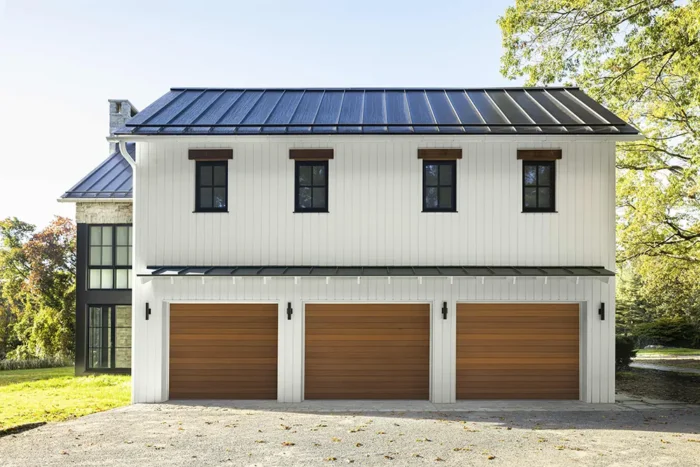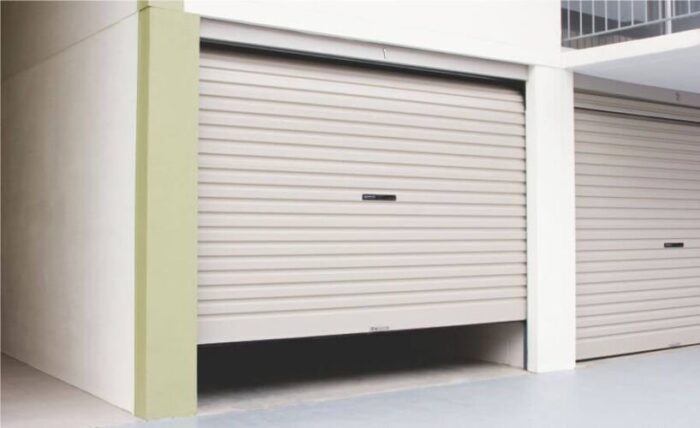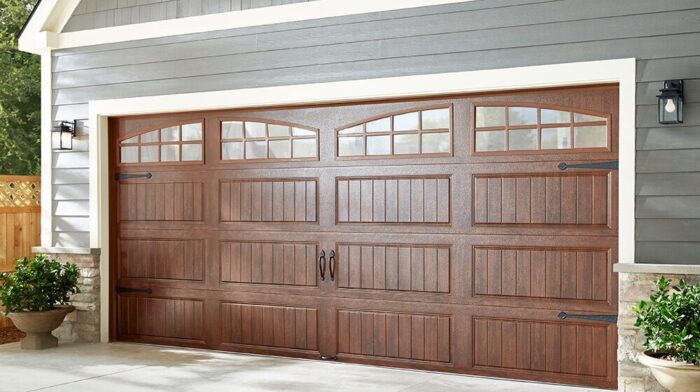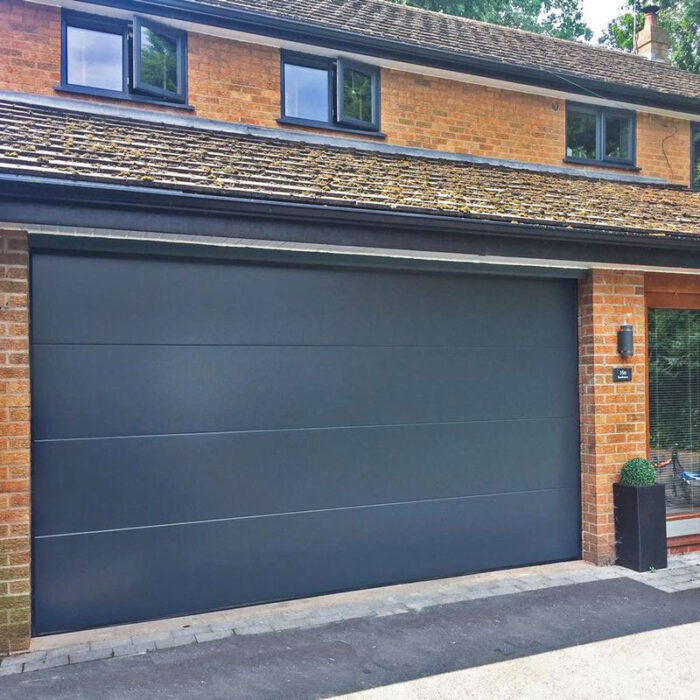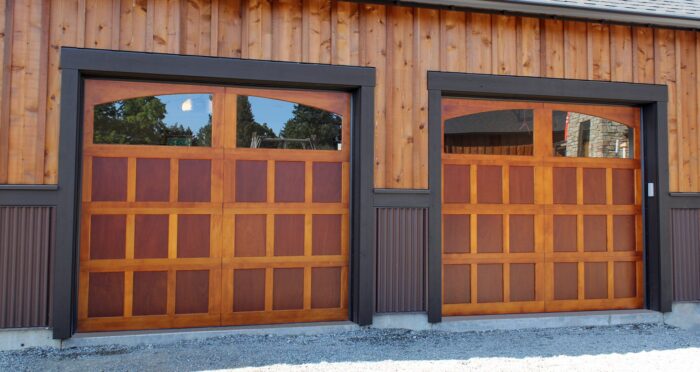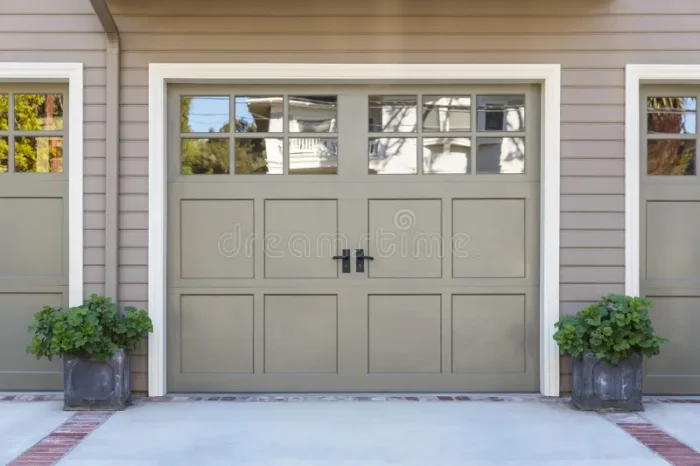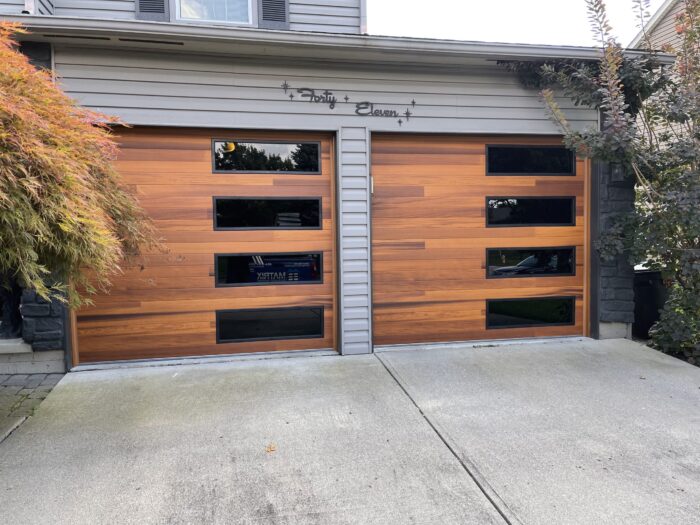High above the bustling city streets, a team of fearless individuals embark on a daily dance with gravity, armed with squeegees and nerves of steel.

The world of high-rise Window Cleaning Coppell TX is a breathtaking spectacle that unfolds against the backdrop of towering skyscrapers and endless expanses of glass.
As the first rays of dawn pierce through the cityscape, the high-rise window cleaners prepare for their ascent. Clad in safety harnesses and helmets, they resemble modern-day urban mountaineers gearing up for a vertical expedition. The ground below buzzes with activity, but above, the air is filled with a palpable sense of anticipation.
The ascent begins, a slow and deliberate climb that transforms the city’s vertical landscape into a canvas for their acrobatic maneuvers. Suspended by thin ropes, these intrepid souls defy gravity with every step, their bodies a harmonious blend of skill and confidence. Each window becomes a portal to the city below, and as they inch upward, the world shrinks to the size of a thumbnail.
The true magic of high-rise window cleaning lies not just in the audacity of scaling these architectural behemoths but in the panoramic views that unfold as they rise. The city, usually observed horizontally, reveals a different charm when seen from above. Tiny cars move like colorful ants, and people on the streets resemble miniature figures engaged in a carefully choreographed dance.
Amidst the awe-inspiring views, the window cleaners are meticulous in their craft. Armed with an array of tools, they scrub, wipe, and polish, banishing every smudge and streak from the glass facade. It’s a ballet of precision, as they navigate the heights with the finesse of seasoned performers. The choreography is as much about ensuring a crystal-clear view for the occupants as it is about mastering the art of staying suspended in mid-air.
However, the job is not without its challenges. The ever-changing weather can transform the task from a routine cleaning to a daring escapade. High winds sway the climbers like leaves in the breeze, and sudden rain turns the glass into a slippery surface. Yet, the high-rise window cleaners press on, their determination unwavering, their focus unbroken.
Beneath the exterior of daredevilry, safety remains paramount. The ropes, anchors, and harnesses are not just accessories; they are a lifeline. Rigorous training ensures that these modern-day aerial artists are equipped to handle emergencies and unexpected hurdles. Every step is calculated, every move rehearsed, turning what may seem like a death-defying act into a meticulously planned performance.
The descent is a reverse journey, a controlled slide down the vertical expanse. As they descend, the city rises to meet them, and the ground, once distant, becomes a welcome sight. The window cleaners return to the bustling streets below, their mission accomplished, leaving behind a glistening testament to their skill and dedication.
High-rise Window Cleaning Coppell TX is not just a job; it’s a symphony of courage, skill, and artistry. It’s a reminder that even in the concrete jungles of the urban landscape, there are those who ascend to great heights to bring clarity and brilliance to the world below. So, the next time you gaze out from your lofty office perch, take a moment to appreciate the unsung heroes dancing on the vertical stage, ensuring that your view remains unobstructed and breathtaking.
DFW Window Cleaning Coppell

